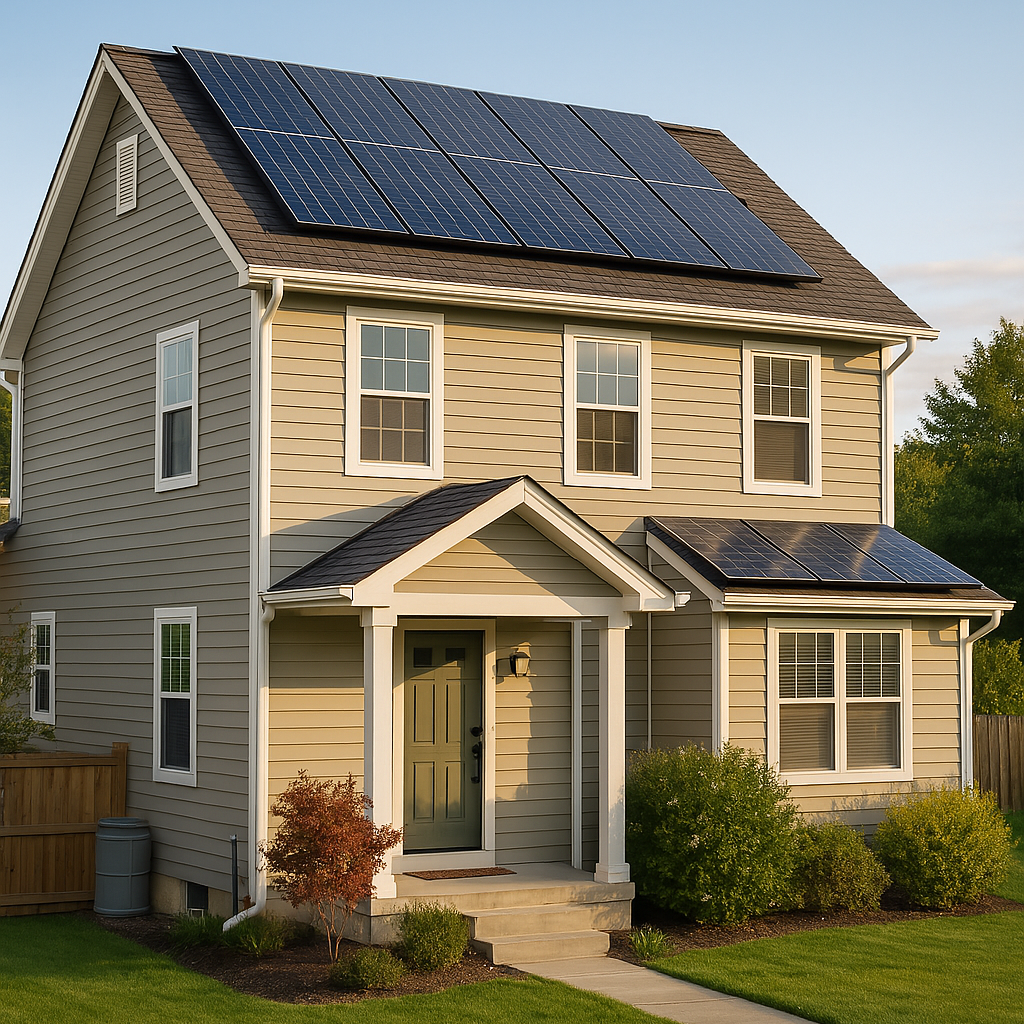When it comes to saving energy, most people assume it takes a hefty investment—solar panels, smart home systems, or new appliances. But here’s the good news: you don’t have to break the bank to make your home more energy-efficient. With a few low-cost upgrades and some habit tweaks, you can lower your utility bills and reduce your carbon footprint without blowing your budget.
Here are some smart, affordable ways to get started:
1. Seal the Leaks
Before you even think about big changes, tackle the small stuff. Drafty doors and windows let your heated or cooled air escape—essentially wasting money. Use weatherstripping and caulking (both under $10) to seal up gaps around windows, doors, and even baseboards.
🛠️ DIY Tip: On a chilly day, hold a candle or incense near windows and doors—if the smoke wavers, you’ve found a leak.
2. Switch to LED Bulbs
Still using incandescent or CFL bulbs? Swap them out for LEDs. They use up to 90% less energy and last years longer. You can usually find a multi-pack for under $20—and you’ll start saving on your electricity bill immediately.
💡 Bonus: Choose soft white LEDs for cozy living spaces and daylight LEDs for work areas.
3. Install a Smart (or Programmable) Thermostat
Okay, smart thermostats like the Nest can be pricey—but you don’t need to go high-tech to save. Even a basic programmable thermostat ($30–$50) can save you big bucks by automatically adjusting the temperature when you’re away or sleeping. Check out the Emerson Sensi Smart Thermostat here.
🌡️ Pro Tip: Set your thermostat to 68°F in winter and 78°F in summer when you’re home, and adjust it by 7–10 degrees when you’re away.
4. Use Power Strips (Smart Ones If You Can)
“Phantom energy” is real—your electronics use power even when they’re turned off. Plug TVs, game consoles, and computers into power strips, then switch them off when not in use.
💸 Budget option: Standard power strips work fine. Want to get fancy? Smart power strips ($25–$30) cut power automatically based on usage. Check out the Kasa Smart Plug Power Strip here.
5. Insulate Your Water Heater
A water heater blanket (usually around $20) can reduce standby heat loss and help your heater work more efficiently. Check out this one from Frost King. While you’re at it, lower the water heater temp to 120°F—hot enough for comfort, but cool enough to save energy and reduce the risk of scalding.
🚿 Added bonus: Shorter showers = less water = more savings.
6. Upgrade Window Coverings
Thermal curtains or blackout shades are an inexpensive way to keep heat in during winter and block it out in summer. They’re especially useful if your windows aren’t double-paned or energy-efficient.
🪟 Tip: Open the curtains during the day in winter to let sunlight warm your space, then close them at night to trap the heat.
7. Unplug and Air Dry When Possible
Unplug chargers, toasters, and other small appliances when not in use. And if the weather’s nice, skip the dryer—air dry clothes on a rack or line instead. We are big fans of this foldable clothes rack.
👚 Air drying not only saves energy—it helps your clothes last longer too.
Final Thoughts
You don’t need a massive budget or a full renovation to make your home greener and more efficient. Start small, stay consistent, and you’ll see the difference—in your energy bill and your environmental impact. Even better? Many of these tips double as ways to live more mindfully, which is always a win.
Got a favorite budget-friendly energy-saving tip? Drop it in the comments—I’d love to hear how you’re saving!


Leave a Reply